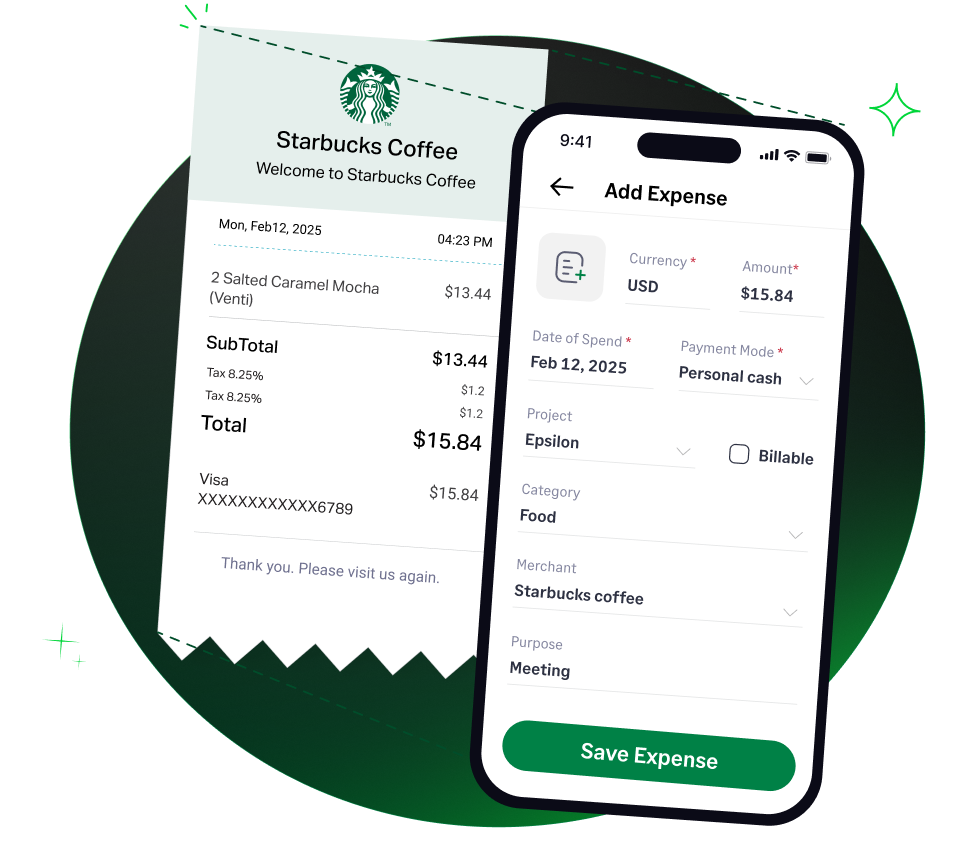✨ Exciting news: Fyle is now part of the Sage family! Learn more in our press announcement >
 4.6/51670+ reviews
4.6/51670+ reviewsFor modern nonprofit organizations, online fundraising is essential. Platforms like Stripe, PayPal, and specialized giving portals make it easy for supporters to donate, but they charge a fee for this service. These donation processing fees are a necessary and unavoidable cost of raising funds.
For accountants and nonprofit leaders, it is critical to account for these fees correctly. They are not simply a reduction of income; they are a distinct operating expense. This guide will clarify how to categorize donation processing fees based on standard accounting principles to ensure your financial reporting is accurate and transparent.
The fees charged by platforms to process donor contributions are a fundraising or administrative expense. While the provided IRS documents focus on for-profit businesses, they establish the principle for deducting these types of costs. IRS Publication 535 allows for the deduction of credit card convenience fees and other bank service charges.
For a nonprofit organization, these processing fees are an ordinary and necessary operating expense incurred to generate revenue (donations). They should be categorized on the books under an account like Bank and Processing Fees or Fundraising Expenses.
The most critical factor for compliance and accurate reporting is to account for the gross donation and the fee as two separate line items.
This is the most important accounting rule. You cannot simply record the net amount you receive from the payment processor. You must:
For example, if a donor gives $100 and the processing fee is $3, your books must show $100 in revenue and $3 in expenses, not just $97 in revenue.
The donor's charitable contribution is for the full gross amount of their donation. The processing fee is an expense of your organization, not the donor. Your acknowledgment letter to the donor for a $100 donation should state that the gift was $100.
Properly accounting for these fees is essential for accurate financial statements and IRS reporting.
While the provided documents focus on for-profit tax forms, nonprofits have their own reporting requirements (such as the Form 990 series). On these forms, donation processing fees are reported as a fundraising or administrative expense. Accurately reporting these costs is essential for calculating key financial health metrics, such as your fundraising efficiency ratio.
You must have documentary evidence to substantiate your processing fees. Your primary records will be the:
Fyle helps you reconcile your gross donations with the associated processing fees, providing a clear and accurate picture of your fundraising costs.




